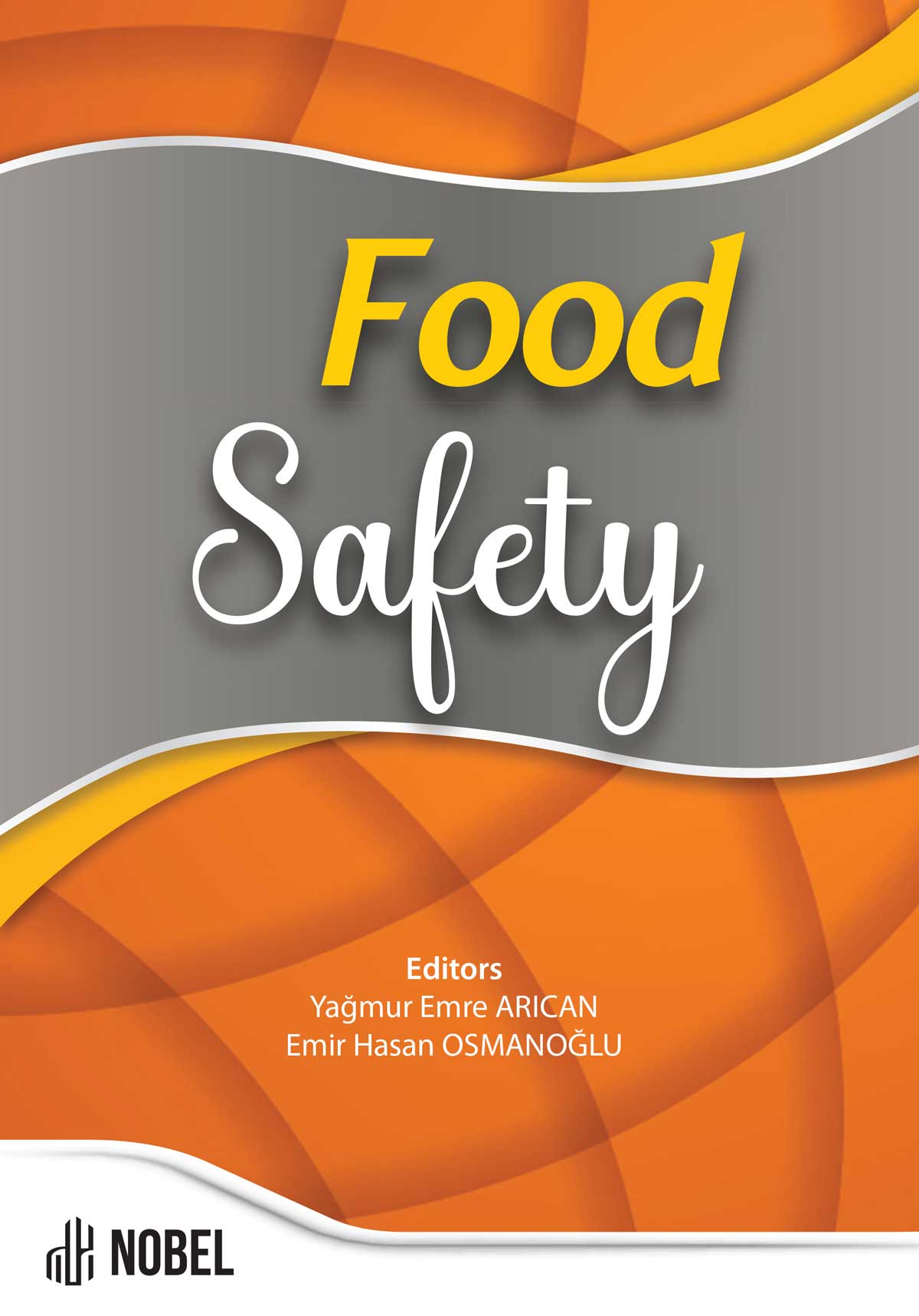Cephalopod By-Products: Bioactive Compounds, Properties, Usages, Health Benefits and Risks
Berna Kilinc (Author), Irem Kilinc (Author)
Release Date: 2024-01-16
Numerous by-products from the wastes of marine items can be obtained and utilized in a wide range of sectors. The by-products obtained from cephalopod wastes are evaluated and used in various industries (such as food, medicine, and agriculture) by evaluating the wastes of the head, skin, intestines, ink, etc., much like all other wastes derived [...]
Media Type
Buy from
Price may vary by retailers
| Work Type | Book Chapter |
|---|---|
| Published in | Food Safety |
| First Page | 475 |
| Last Page | 496 |
| DOI | https://doi.org/10.69860/nobel.9786053358787.34 |
| Page Count | 22 |
| Copyright Holder | Nobel Tıp Kitabevleri |
| License | https://nobelpub.com/publish-with-us/copyright-and-licensing |
Berna Kilinc (Author)
Professor, Ege University
https://orcid.org/0000-0002-4663-5082
3Berna Kılınç is a Professor of Ege University Fisheries Faculty, Fish Processing Technology Department. She is studying about fish processing technology, functional seafood products, fish and seafood microbiology, the shelf life studies of fishery products, identification of spoilage and pathogen microorganisms of the fishery products and quality control analysis as well as predicting modelling and estimate shelf life with statistic. She has papers and presentations at various international congress, also book chapters and publications. She is currently continuing her academic career as lecturer and academician at Fisheries Faculty of Ege University.
Irem Kilinc (Author)
Izmir Katip Celebi University
https://orcid.org/0000-0002-3398-8532
3Irem Kılınç graduated from Ege University Faculty of Engineering, Department of Food Engineering in 2021. In 2023, she was awarded the Jasso scholarship and studied for 6 months as an exchange student at the Food Thermal Processes Laboratory/ Tokyo University Marine Science and Technology in Japan. She has papers and presentations at various international congresses, as well as book chapters and publications. She is currently continuing her doctoral degree at the Seafood Processing Technology Department / Izmir Katip Celebi University Fisheries Faculty.
Çaklı Ş, Kılınç B, Kabuklu Su Ürünleri Artıklarının Endüstriyel Alanda Değerlendirilmesi, Ege Üniversitesi Su Ürünleri Dergisi. 2004; 21, 145-152
Kılınç B, Balık Atıklarının Değerlendirilmesi, Ege Üniversitesi Su Ürünleri Dergisi. 2007; 24,315-319.
Kılınç B, Besler A, Marine Environment is a Valuable Source as Food 1.International Symposium on Aquatic Science & Technology. 2014a; 15-17 May, p.86,Girne, Cyprus, 2014.
Besler A, Kılınç B, Novel Natural Products Obtained from Marine Environment. 1.International Symposium on Aquatic Science & Technology. 2014; 15-17 May, p.85,Girne, Cyprus
Kılınç B, Balık Sos Teknolojisi, Ege Üniversitesi Su Ürünleri Dergisi. 2003; 20, 263-272
Girija SAS, Priyadharsini JV, Suba P, Hariprasad K, Antibacterial effect of squid ink on ESBL producing strains of Escherichia coli and Klebsiella pneumonia. Indian Journal of Geo-Marine Sciences. 2012; 41(3): 338-343.
Nadarajah SK, Vijayaraj R, Jayaprakashvel M, Therapeutic Significance of Loligo vulgaris (Lamarck, 1798) ink Extract: A Biomedical Approach. Pharmacognosy Res. 2017; 9(1): S105-S109.
Ismail M, Riad R, Screening the Antimicrobial Activity of Different Sepia officinalis (Cephalopoda: Sepioidea) Parts Collected from Alexandria Mediterranean Waters, Egypt Against Some Human Pathogens. Singapore Journal of Scientific Research. 2018; 8: 1-7.
Affandi RI, Fadjar M, Ekawati AW, Activce compounds on squid (Loligo sp.) Ink extract powder as Immunostimulants candidate to against shrimp disease. Research Journal of Life Science. 2019; 6, 3, 150-161.
Nurhafiah AT, Rostini I, Hamdani H, Pratana RI, Fortification of squid ink as a source of protein to the level of preference for biscuit. Global Scientific Journals. 2019; 7, 12, 906-916.
Aulia R, Meilianda A, Pandegan R, Nanda IF, Siregar AR, Squid ink (Loligo sp.) as alternative for food biopreservation, Indonesian Scholars Journal. 2013; 1, 25-27.
Karim N U, Sadzali N L, Hassan M, Effects of squid ink as edible coating on squid sp. (Loligo duvauceli) spoilage during chilled storage. International Food Research Journal. 2016; 23(5):1895-1901.
Kılınç B, Besler A, The Occurence of Enteric Bacteria in Marine Environment and Pollution, Marine Science and Technology Bulletin. 2014b; 3(2),39-43.
| onix_3.0::thoth | Thoth ONIX 3.0 |
|---|---|
| onix_3.0::project_muse | Project MUSE ONIX 3.0 |
| onix_3.0::oapen | OAPEN ONIX 3.0 |
| onix_3.0::jstor | JSTOR ONIX 3.0 |
| onix_3.0::google_books | Google Books ONIX 3.0 |
| onix_3.0::overdrive | OverDrive ONIX 3.0 |
| onix_2.1::ebsco_host | EBSCO Host ONIX 2.1 |
| csv::thoth | Thoth CSV |
| json::thoth | Thoth JSON |
| kbart::oclc | OCLC KBART |
| bibtex::thoth | Thoth BibTeX |
| doideposit::crossref | CrossRef DOI deposit |
| onix_2.1::proquest_ebrary | ProQuest Ebrary ONIX 2.1 |
| marc21record::thoth | Thoth MARC 21 Record |
| marc21markup::thoth | Thoth MARC 21 Markup |
| marc21xml::thoth | Thoth MARC 21 XML |

